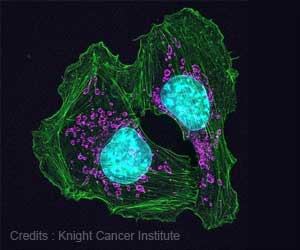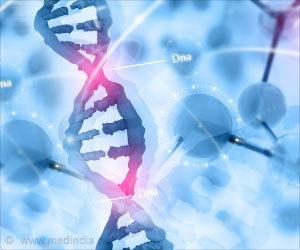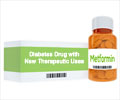Highlights
- The FDA-approved diabetes drug acetohexamide significantly improves the response of cells that predisposes can increase the risk of skin cancer.
- Patients with the rare //genetic disease Xeroderma pigmentosum increase their chances of skin cancer when exposed tot he sun.
- Xeroderma pigmentosum to date lacks any curative treatment though it was identified in 1874.
The scientists at CeMM found in their most recent publication that the FDA-approved diabetes drug acetohexamide significantly improves the resilience of NER-deficient cells against UV radiation in vitro.
The study identified the responsible molecular mode of action - a hitherto unknown, NER-independent repair mechanism for UV-induced DNA damage. The study has not tested the use of acetohexamide in Xeroderma pigmentosum patients.
In their study, the scientists of Loizou's team developed a special chemical screening approach for compounds that would allow Xeroderma pigmentosum-disease cells to survival UV treatment better.
Using the CLOUD (Cemm Library of Unique Drugs), this approach led to the identification of acetohexamide: By treating Xeroderma pigmentosum-disease cells with the diabetes drug, these cells could now repair UV-induced DNA damage more efficiently.
A multitude of subsequent experiments eventually led to the elucidation of the underlying molecular mechanism: acetohexamide leads to the degradation of the DNA repair enzyme MUTYH, triggering a hitherto unknown NER-independent mechanism for removing UV-induced DNA damage.
"Loss of MUTYH allows Xeroderma pigmentosum-disease cells to deal with UV-induced DNA damage more proficiently" Joanna Loizou summarizes.
"Those findings are not only a valuable contribution to the fundamental, molecular understanding of DNA repair but could also pave the way for a novel therapeutic approach for this severe and debilitating disease, for which there is no curative treatment".
Reference
- Abdelghani Mazouzi, Federica Battistini, Sarah C. Moser, Joana Ferreira da Silva, Marc Wiedner, Michel Owusu, Charles-Hugues Lardeau, Anna Ringler, Beatrix Weil, Jürgen Neesen, Modesto Orozco, Stefan Kubicek, Joanna I. Loizou7. ‘Repair of UV-Induced DNA Damage Independent of Nucleotide Excision Repair Is Masked by MUTYH.’ Molecular Cell (2017). http://dx.doi.org/10.1016/j.molcel.2017.10.021.
Source-Medindia
















